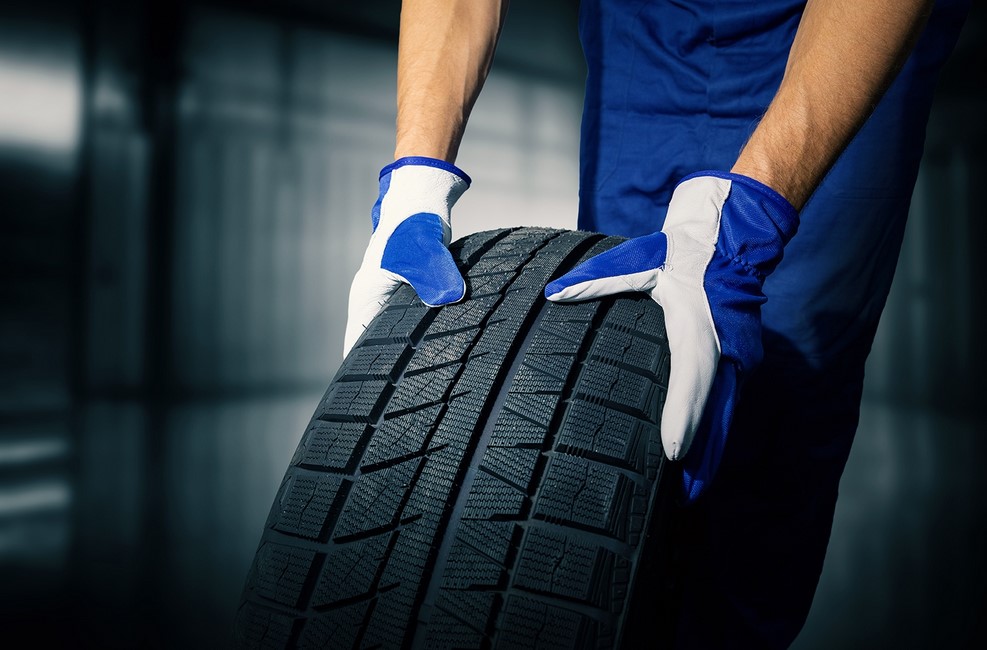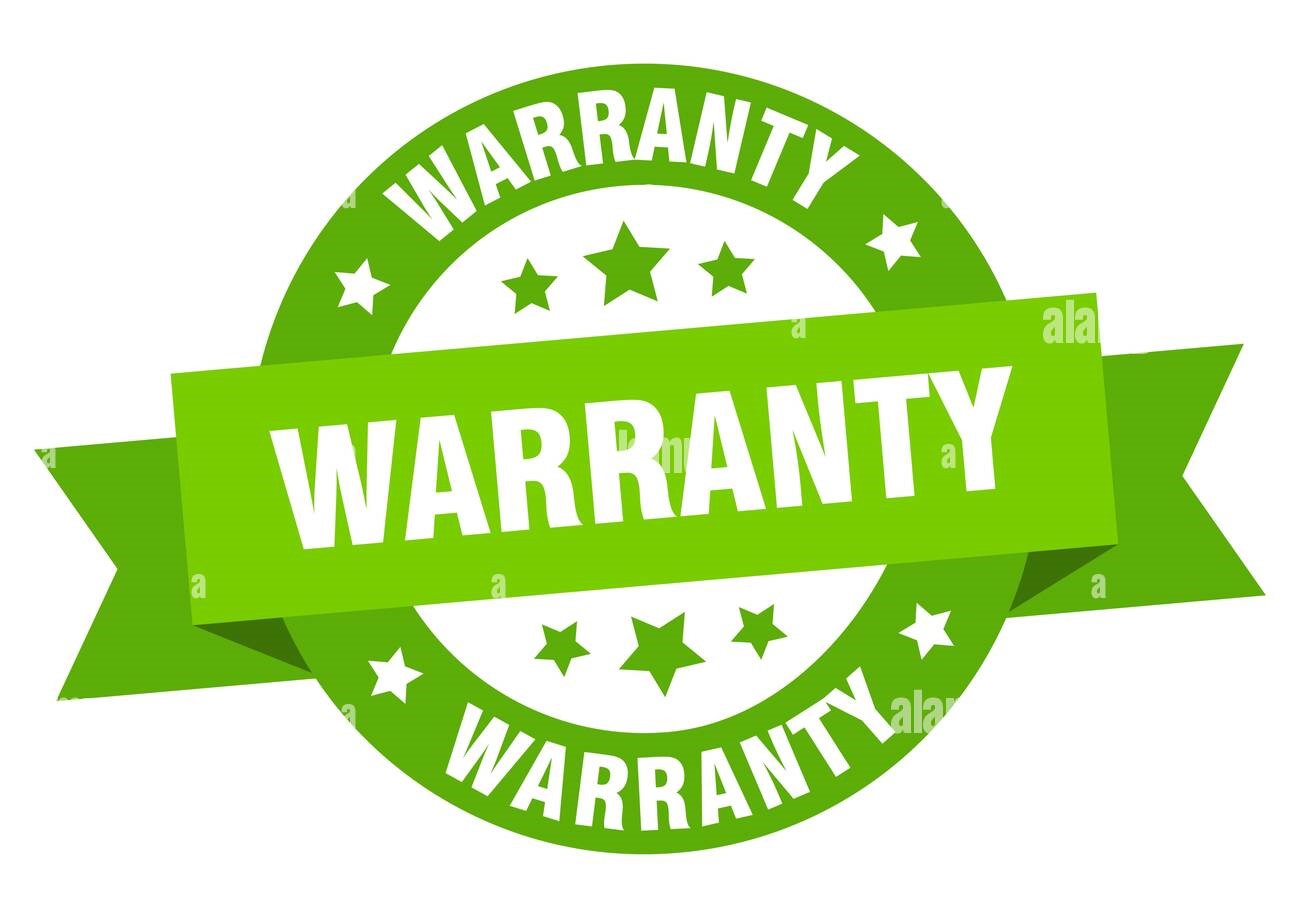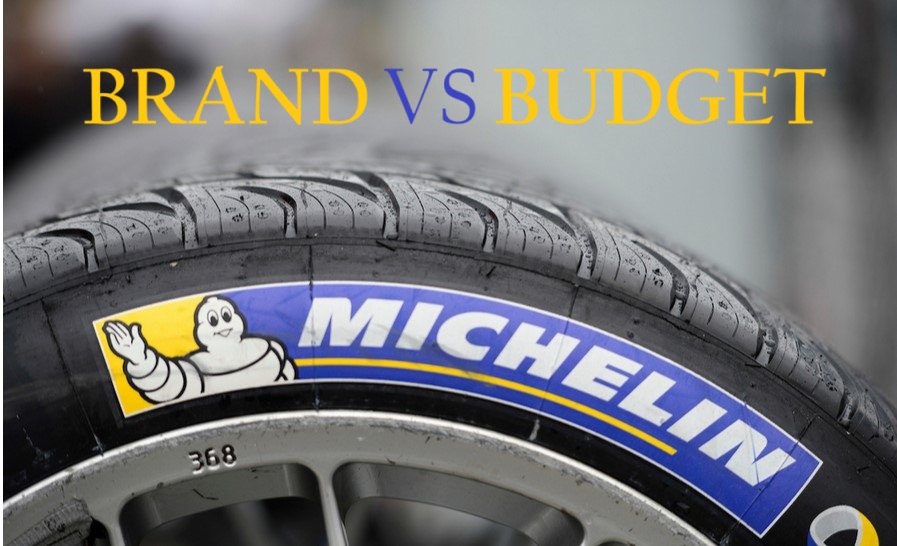How to Maintain Your Car Tires for Maximum Performance and Safety
Maintaining your car tires is essential for safety, performance, and longevity. Regularly checking and maintaining tire pressure, rotating tires every 5,000 to 7,500 miles, and monitoring tread depth are crucial practices. Ensure proper tire balance and alignment to avoid uneven wear and improve vehicle handling. Avoid overloading your vehicle to p

As the CEO of Typhoon Tire, I've always believed that a well-maintained vehicle is more than just a means of transportation—it's an investment in your safety and driving experience. One of the most crucial components of that investment is your tires. Tires are the only part of your vehicle that make direct contact with the road, and their condition significantly affects your car’s performance, fuel efficiency, and most importantly, your safety.
Neglecting tire maintenance can lead to costly repairs, decreased fuel efficiency, and increased risks of accidents. But with a few simple practices, you can extend the lifespan of your tires and ensure they continue to provide top-notch performance. Here are some expert tips on how to properly maintain your car tires:
1. Regularly Check Tire Pressure
Maintaining the correct tire pressure is one of the easiest, yet most essential steps in tire care. Under-inflated tires can reduce fuel efficiency, cause uneven tire wear, and increase the risk of blowouts. Over-inflated tires, on the other hand, can reduce traction and create a bumpy ride.
To ensure your tires are properly inflated, check the pressure at least once a month and before long trips. You can find the recommended tire pressure in your vehicle’s manual or on the placard inside the driver’s side door. Be sure to check tire pressure when the tires are cold for an accurate reading.
2. Rotate Your Tires Regularly
Tire rotation is key to promoting even wear across all four tires. Because your front and rear tires experience different levels of stress—especially in front-wheel drive vehicles—rotating them helps distribute the wear evenly. This not only prolongs the life of your tires but also ensures a smoother and safer driving experience.
As a general rule, tires should be rotated every 5,000 to 7,500 miles, but always consult your vehicle’s manual for specific recommendations.
3. Check for Tread Depth
Tire tread plays a critical role in how your vehicle grips the road, especially in wet or slippery conditions. Worn-down tread can lead to dangerous skidding and hydroplaning. To check the tread depth, you can use a simple method called the "penny test." Place a penny in the tread groove with Lincoln's head facing down. If you can see the top of his head, it’s time to replace your tires.
Most experts recommend replacing tires when the tread depth reaches 2/32 of an inch, but for added safety, consider replacing them at 4/32 or even 6/32 if you often drive in rainy or snowy conditions.
4. Balance and Align Your Tires
Tire balancing and wheel alignment are often overlooked but are essential to the longevity and performance of your tires. When your tires are out of balance, it can lead to uneven wear, vibrations, and premature tire damage. Misaligned wheels, on the other hand, cause your vehicle to pull to one side and put unnecessary strain on your tires.
Have your tires balanced and aligned by a professional at least once a year, or whenever you feel your car pulling to one side or notice uneven tire wear.
5. Avoid Overloading Your Vehicle
Every vehicle has a maximum load capacity, and exceeding this limit can place excessive stress on your tires, causing them to overheat and wear out more quickly. Make sure to check your vehicle’s load capacity and avoid overloading it with too much weight, especially during road trips or when transporting heavy cargo.
6. Visually Inspect Your Tires
Perform a quick visual inspection of your tires at least once a month. Look for any cuts, cracks, punctures, or bulges in the sidewalls, which could indicate damage that needs immediate attention. Catching potential issues early can prevent a dangerous tire blowout and save you from costly repairs down the road.
7. Replace Tires When Needed
No matter how well you care for your tires, they will eventually need to be replaced. Most tires last between 25,000 to 50,000 miles, depending on the driving conditions and tire quality. However, age also plays a role. Even if the tread appears fine, tires should be replaced every six to ten years, as the rubber can deteriorate over time.
Final Thoughts
Tire maintenance is not just about prolonging the life of your tires; it’s about ensuring your safety on the road. By following these simple tips, you can enhance your vehicle’s performance, improve fuel efficiency, and avoid unnecessary risks. At [Company Name], we’re committed to providing you with top-quality tires and expert service to keep you safe and confident behind the wheel.
Drive safely, and remember: A well-maintained tire is the foundation of a well-performing vehicle.
Typhoon Tire
2450 Finch Ave. West, Unit 5A



